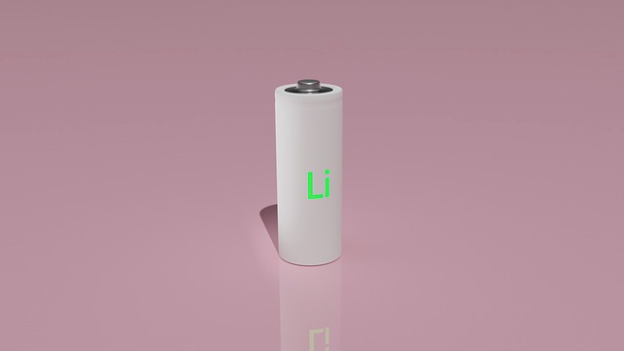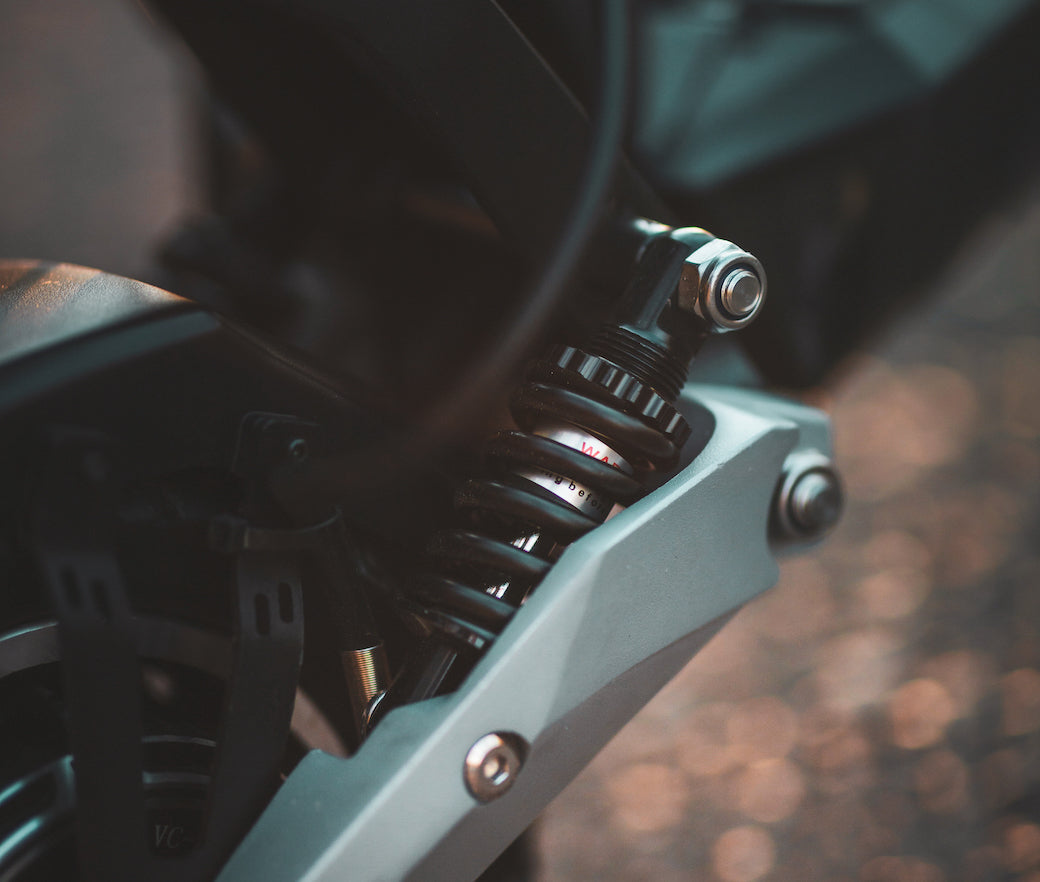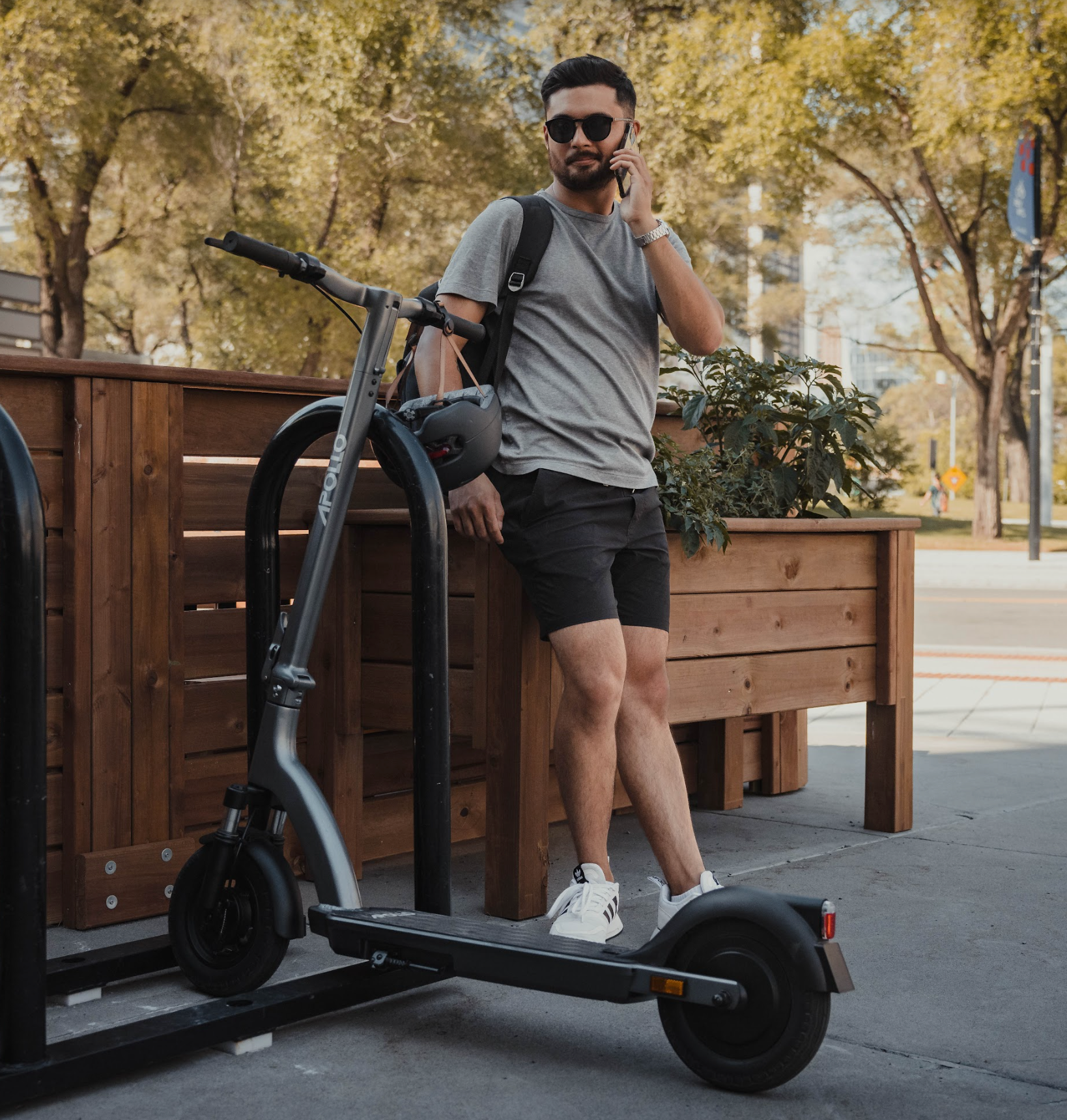Unfortunately, there's no such thing as an infinitely rechargeable battery.
Like the lead acid batteries we still find in flashlights and remote controls, the lithium ion batteries in electric scooters will all eventually wear out, even if it takes them a lot longer.
Lithium batteries begin to lose capacity after a few hundred charge cycles, then their efficiency gradually decreases until the battery starts to lose its charge entirely. Generally, this doesn't start to happen until after you've put 3,000 to 10,000 miles on an electric scooter.
Ideally, the average electric scooter battery's lifespan corresponds to the average electric scooter's lifespan. And how long do electric scooters last? Well, that can be anywhere from two to four years or more, depending on factors like good maintenance, frequency of use, and proper battery charging and storage practices.
Lower quality batteries might need replacement before other major parts, but in our many years of experience with electric scooters, we’ve found that when a scooter fails, the problem is rarely one with the battery charging or with battery capacity.
That said, it's fairly easy to find a replacement lithium ion battery for electric scooters by most makers, and most batteries can be installed with minimal technical know-how.
Know Your Scooter's Battery Type and Capacity
What to Look for In a Battery?
Battery Specs
When you're buying a new scooter, you'll want to look at specifications like the battery type, capacity, and quality. Higher voltage batteries are great: they translate to more power available to electric scooter motors (which is why high performance scooters like the Apollo Phantom have 52V batteries and above). BUT, high voltage does not mean a longer battery lifespan.
Battery specs only tell part of the story of the advancement of the lithium ion battery for e scooters. But they tell an important part. Knowing and understanding specs like voltage, amp hours, and watt hours (a measure of volts x amp hours) can help you calculate battery life and make your own range estimates.

Electric scooter batteries are actually rectangular battery packs made up of smaller cells wired together in series or parallel. The given size of the battery is a number that describes the size of its diameter and length of its cells. Most electric scooters for adults use 18650 cells (18mm x 65mm), which are similar in shape but slightly larger than AA batteries.
18650 cells have many advantages, including long lifespan. They have some cons as well, including a high sensitivity to temperature. More recently, some premium electric scooters like the coming 2023 Apollo Pro are using larger 21700 cells for potentially over 60 miles of range. These batteries have higher capacity and power output, but they also require proper charging, storage, and care.
Battery Quality
It might come as no surprise to learn that brand name batteries last longer. High quality electric scooters brands tend to source quality electric scooter batteries from known electronics makers like Samsung and LG.
But many generic cells are made in the same factories as the name brands and can have nearly the same reliability. An overall reliable manufacturer will source quality parts even if they aren't stamped with household names.
How to Extend E-Scooter Battery Life?
Electric scooter battery life also depends to a significant degree on responsible charging and storing practices and the degree of use. You can help prolong battery life by caring for it with the few tips we recommend below, using charging habits that ensure you get the maximum capacity out of your battery before it starts to sunset.
Learning how to take care of your electric scooter, and its most important part, the battery, is part of learning to be a better e-scooter rider in general.
What are Charge Cycles and How Many Do I Get?
Again, the battery's lifespan is counted in charge cycles, typically stated for an electric scooter battery as somewhere between 300 - 500 full cycles of charging/discharging. These numbers roughly correspond to around 3,000 to 10,000 miles of wear and tear.
HOWEVER, it’s important to note that the battery doesn’t just die when it reaches its number of full charge cycles. It slowly starts to lose capacity. After around 500 charge cycles, most electric scooter batteries will lose around 20% of their full capacity.
Scooter batteries can lose around 30%-40% of full capacity after 1000-2000 cycles until the battery fails to hold enough charge to power the scooter and is effectively dead. Generally, you’ll want to find a battery replacement before this point, but it’s rare, as we’ve noted, for a battery to fail before a scooter’s other major parts.
Scooter Battery Care: Best Practices
Batteries, like human bodies, are systems of energy storage and exchange. And like humans, they get stressed when pushed out of their comfort zone.
For an electric scooter battery, the comfort zone tends to be somewhere between 20% to 80% charge, a kind of goldilocks range that avoids the potential for overcharging or total discharge.
Both overcharging and totally discharging are stressful events for the battery and can shorten its lifespan.
It's fine to charge your battery to 100%, especially if you're going on a long ride, but make sure you unplug it as soon as it has reached full capacity and do not let it overcharge.
Charging without overcharging
How to Avoid Overcharging
Many electric scooters use battery indicators that show the state of charge in a percentage. This makes it especially easy to tell when you’re at 100% full charge, and once you’ve reached that point, you should immediately unplug the scooter from the charger.
Even if your electric scooter does not show battery life in percentages, you can still unplug it before it overcharges. Once the scooter has reached the full recommended number of charging hours, unplug it. The battery indicator should be fully in the green.
If you want to keep your battery in that 80% sweet spot, then unplug it as soon as the indicator light turns green. (A green light does not mean fully charged right away.)
Using these charging practices means you should avoid charging your electric scooter overnight while you’re asleep or leaving it on the charger while you’re at work. These methods of charging are convenient and we treat a lot of our rechargeable devices this way, for better or worse, but overcharging electric scooter batteries is not only inefficient but potentially dangerous.
Don't Let Your Battery Completely Discharge Either
When a lithium ion battery is completely discharged, it causes the cells to age prematurely.
You’ll especially want to avoid a total discharge if you’re storing your electric scooter for long periods of time or not riding it frequently. Try to keep your scooter around the 50% charged mark and check it periodically, topping off to 50% if needed.
Storing an electric scooter you don't ride everyday in the 50% range will help prevent thermal runaway and also prevents the battery from becoming fully discharged, a state of exhaustion that shortens the number of charge cycles available to the battery and thus shortens battery life.
Never Let the Battery Get Too Hot or Cold
Apart from charging and discharging, extreme temperatures can also affect battery life and performance. Heat accelerates aging in lithium-ion batteries, while cold temperatures can reduce battery capacity.
Most electric scooter batteries are designed to work in a wide range of temperatures, but keeping your scooter in too hot or too cold of environs will decrease its lifespan.
Ideally, store your scooter and battery in a cool and dry place with temperatures ranging from 32F to 77F. Never store your scooter in direct sunlight and never leave it in a locked car on a hot summer day.
If you ride your scooter in very hot or cold temperatures, always let it cool down or warm up to room temp before plugging it in to charge.
Battery Usage
E-Scooter Riding Habits
You'll need to consider your riding needs as well. It should go without saying that if you ride an electric scooter every day, you can expect to put more wear on a battery than if you only take it out on weekends and holidays.
If you want to maximize battery life, consider making fewer trips and riding for longer distances. Taking good care of your electric scooter battery and monitoring how you use it will go a long way towards extending its longevity. Paying attention to charge cycles, proper charging and discharging habits, temperature, and your riding habits will all help you get the most out of your battery and maximize its lifespan.
And if you’re using an electric scooter as your primary commuter vehicle, it’s in your best interest to buy a high quality scooter from a reputable maker who won’t go cheap on the scooter’s most important part: the battery.
The Importance of Maintenance and Firmware Updates
Performing all the basic maintenance on your electric scooter will prolong battery life by making sure the vehicle is running at the most efficiency possible and thus consuming less power while using it to go farther and faster.
Proper maintenance includes making sure your electric scooter has the latest firmware updates. Electric scooters that integrate IoT, like those made by Apollo, can integrate firmware updates based on real-world rider data and statistics.
Scooters with the Longest Battery Life from Apollo
Advances in battery technology, software, controllers, and battery management systems have enabled premium manufacturers like Apollo to build electric scooters that go farther than ever before.
Apollo has become well-known as a maker of electric scooters with the longest range in their class. The new Pro (which is nothing at all like its original “Pro” they marketed in 2021) promises up to 62 miles of range thanks to its larger 21700 battery (hence the scooter’s thicker deck).
https://www.youtube.com/watch?v=lJGQdjKOd7Q
The 2023 Explore, another name Apollo has brought back from the past for a truly futuristic scooter, will likely have similar specs, though we’ve only seen a teaser so far promising “unlimited range.”
In fact, Apollo has long made electric scooters with some of the longest range available on the market, from the 2022 Apollo Air, which ESG has tested at 31 miles of range, to the Apollo City 2022 and City Pro, with 30 and 38 miles respectively.

On the high performance end, Apollo’s 2022 Ghost and Phantom V2 top out at 39-40 miles, and the coming Phantom V3 will be even more efficient.
Apollo Scooters with the longest range
- Apollo Air: 31 Miles
- Apollo City 2022: 30 Miles
- Apollo City Pro: 38 Miles
- Apollo Ghost 2022: 39 Miles
- Apollo Phantom V2: 40 Miles
These are electric scooters made from some of the highest quality parts, including their battery cells, which will last the useful lifespan of the scooter, and maybe beyond. However, the inevitable question remains. What if you need a replacement battery?
Apollo Battery Replacements
Apollo does not recommend servicing their scooters yourself. If you are in need of an electric scooter battery replacement, the best thing to do is contact Apollo Scooters Help Center to find out about getting your scooter serviced by a professional tech.
FAQ
What if I lose my charger? Can I buy one on Amazon?
No, you should never use an aftermarket charger. Every reputable electric scooter maker stocks replacement chargers. If you lose your Apollo battery charger, you can order a new charger for your scooter directly from their website.
How long should I expect my scooter’s battery to last?
That depends on how you use and maintain your scooter. Generally speaking, a high quality lithium-ion battery will last up to 1,000 charge cycles until it stops holding a charge. However, proper care is key to ensuring a long battery life span.
Why can’t I charge overnight again?
Overcharging a lithium ion battery places additional stress on the cells, which can result in fewer charge cycles or even a fire caused by the internal heat buildup called thermal runaway.






